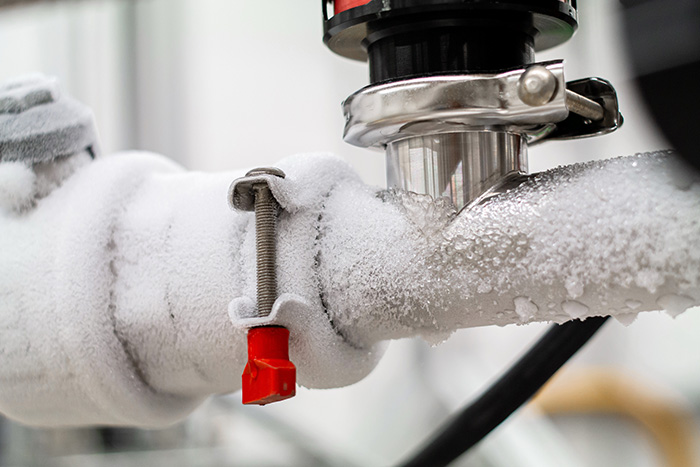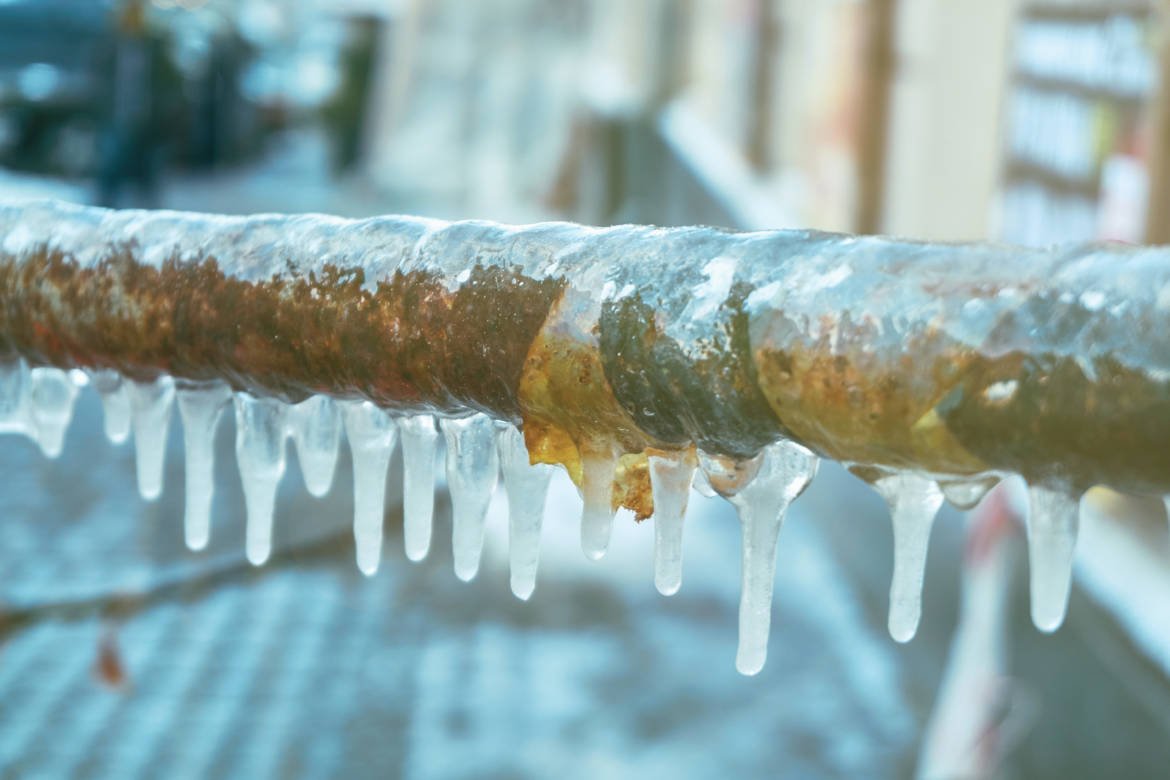Protecting Against Frozen Plumbing in Winter: Professional Advice
Protecting Against Frozen Plumbing in Winter: Professional Advice
Blog Article
Presented here in the next paragraphs you will find some quality expertise with regards to How To Avoid Freezing Pipes.

Winter can damage your plumbing, specifically by freezing pipes. Here's just how to prevent it from happening and what to do if it does.
Intro
As temperatures drop, the threat of icy pipes increases, potentially leading to costly repairs and water damage. Understanding just how to prevent icy pipelines is critical for home owners in chilly climates.
Prevention Tips
Insulating at risk pipelines
Wrap pipelines in insulation sleeves or utilize heat tape to protect them from freezing temperature levels. Focus on pipelines in unheated or outside areas of the home.
Heating methods
Maintain indoor spaces effectively warmed, especially areas with plumbing. Open cupboard doors to enable warm air to distribute around pipelines under sinks.
Exactly how to recognize icy pipelines
Try to find reduced water circulation from faucets, unusual smells or noises from pipes, and noticeable frost on subjected pipelines.
Long-Term Solutions
Architectural adjustments
Take into consideration rerouting pipes far from outside wall surfaces or unheated locations. Add additional insulation to attics, cellars, and crawl spaces.
Upgrading insulation
Purchase high-quality insulation for pipelines, attics, and walls. Correct insulation helps keep constant temperature levels and minimizes the risk of frozen pipelines.
Securing Outside Plumbing
Yard tubes and exterior taps
Disconnect and drain pipes yard tubes before winter months. Install frost-proof spigots or cover outdoor taps with protected caps.
Understanding Frozen Pipes
What triggers pipes to ice up?
Pipelines freeze when subjected to temperatures listed below 32 ° F (0 ° C) for extended durations. As water inside the pipes ices up, it broadens, putting pressure on the pipeline wall surfaces and possibly triggering them to burst.
Threats and damages
Icy pipes can bring about water system disruptions, property damage, and pricey repair work. Burst pipelines can flooding homes and cause substantial architectural damages.
Signs of Frozen Pipeline
Determining icy pipelines early can stop them from breaking.
What to Do If Your Pipelines Freeze
Immediate activities to take
If you believe icy pipelines, maintain taps available to eliminate stress as the ice melts. Use a hairdryer or towels soaked in hot water to thaw pipelines gradually.
Conclusion
Preventing frozen pipelines calls for aggressive procedures and quick feedbacks. By comprehending the causes, indications, and preventive measures, home owners can safeguard their pipes during winter.
5 Ways to Prevent Frozen Pipes
Drain Outdoor Faucets and Disconnect Hoses
First, close the shut-off valve that controls the flow of water in the pipe to your outdoor faucet. Then, head outside to disconnect and drain your hose and open the outdoor faucet to allow the water to completely drain out of the line. Turn off the faucet when done. Finally, head back to the shut-off valve and drain the remaining water inside the pipe into a bucket or container. Additionally, if you have a home irrigation system, you should consider hiring an expert to clear the system of water each year.
Insulate Pipes
One of the best and most cost-effective methods for preventing frozen water pipes is to wrap your pipes with insulation. This is especially important for areas in your home that aren’t exposed to heat, such as an attic. We suggest using foam sleeves, which can typically be found at your local hardware store.
Keep Heat Running at 65
Your pipes are located inside your walls, and the temperature there is much colder than the rest of the house. To prevent your pipes from freezing, The Insurance Information Institute suggests that you keep your home heated to at least 65 degrees, even when traveling. You may want to invest in smart devices that can keep an eye on the temperature in your home while you’re away.
Leave Water Dripping
Moving water — even a small trickle — can prevent ice from forming inside your pipes. When freezing temps are imminent, start a drip of water from all faucets that serve exposed pipes. Leaving a few faucets running will also help relieve pressure inside the pipes and help prevent a rupture if the water inside freezes.
Open Cupboard Doors
Warm your kitchen and bathroom pipes by opening cupboards and vanities. You should also leave your interior doors ajar to help warm air circulate evenly throughout your home.

Hopefully you enjoyed reading our part about How To Avoid Freezing Pipes. Thanks a ton for finding the time to read through our content. If you appreciated our blog post kindly consider to share it. I treasure reading our article about How to Prevent Your Pipes From Freezing.
Schedule Free Estimate Report this page